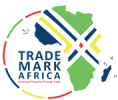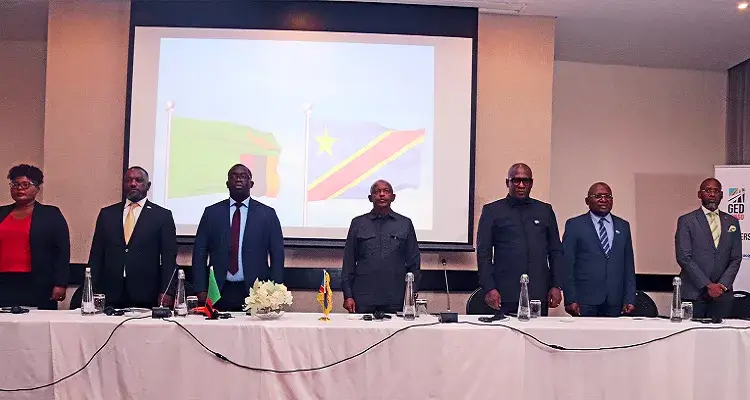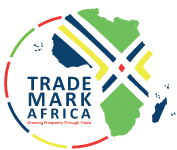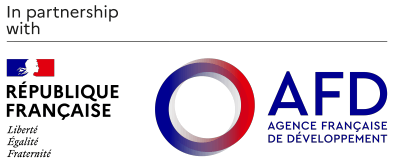The OSBP agreement was signed by the DRC’s minister of infrastructure and public works, Alexis Gizaro Muvuni and Zambia’s minister of commerce, trade and industry, Chipoka Mulenga.
At the ceremony, Mulenga commented, “We are here today as a demonstration of this Government’s determination to use commerce and trade to stimulate economic growth for improved livelihoods for all our people.”
With this now in place, the joint steering committees are able to turn their attentions to developing the operations manual, complete with detailed policies and procedures for implementation. When finally delivered, the post will bring expeditious and standardised border controls that will reduce trade stops, transport costs and transit times.
Klaus Findt, CEO of GED Africa, remarked, “In tandem with the monumental bilateral agreement, the successful finalisation of both the Zambian and DRC Private Policing Services Agreements underscores our dedication to upholding traffic laws and ensuring safety and security along the entire expanse of the project’s footprint. This milestone further demonstrates all stakeholder’s commitment to unlocking the regional potential.”















